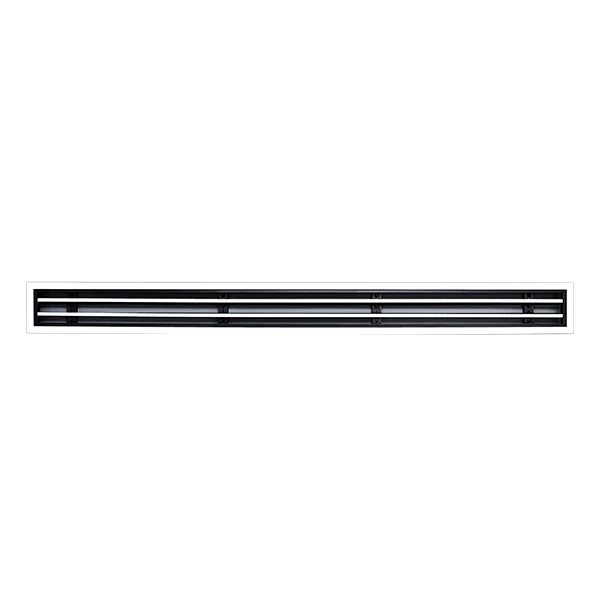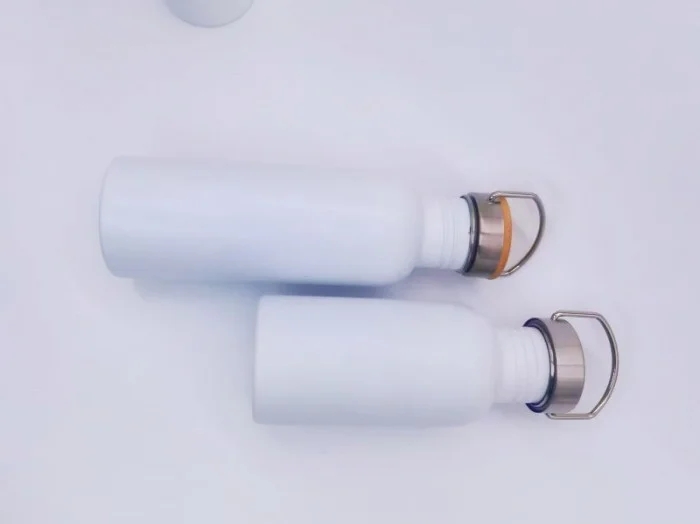When it comes to showcasing artwork, the right lighting can make all the difference. Picture lights not only enhance the visual appeal of your art but also create an inviting atmosphere in your space. However, selecting the right picture light involves more than just picking a fixture that looks good. In this article, we will explore the essential factors to consider when choosing the perfect picture light, ensuring your artwork is displayed in its best light—literally.
Understanding the Importance of Picture Lighting
Before diving into the selection process, it’s crucial to understand why picture lighting is essential. Proper illumination can:
- Highlight Details: A well-lit piece of art allows viewers to appreciate the intricate details and textures that may otherwise go unnoticed.
- Set the Mood: Lighting can dramatically influence the ambiance of a room. Warm lighting can create a cozy feel, while cooler tones can evoke a more modern aesthetic.
- Protect Artwork: Quality picture lights are designed to minimize UV exposure, protecting your artwork from fading over time.
Key Factors to Consider When Choosing Picture Lights
- Type of Light Source
The type of light source you choose plays a significant role in how your artwork is perceived. Here are the most common options:
- LED Lights: Energy-efficient and long-lasting, LED lights produce minimal heat and UV radiation, making them ideal for illuminating artwork without causing damage.
- Halogen Lights: These provide a bright, white light that enhances colors and details. However, they emit more heat and UV rays, so they should be used with caution.
- Incandescent Lights: While they offer a warm glow that many find appealing, they are less energy-efficient and have a shorter lifespan compared to LEDs.
- Brightness and Color Temperature
The brightness of your picture light, measured in lumens, is crucial for effective illumination. A general rule of thumb is to aim for around 300-500 lumens for smaller pieces and up to 1000 lumens for larger artworks.
Color temperature, measured in Kelvin (K), affects the mood of the lighting. Warmer temperatures (2700K-3000K) create a cozy atmosphere, while cooler temperatures (4000K-5000K) provide a more modern, crisp look. Consider the existing lighting in your space to ensure a harmonious blend.
- Size and Scale
The size of the picture light should be proportional to the artwork it illuminates. A small piece may require a narrower fixture, while larger artworks benefit from broader lights that can cover more area. Additionally, consider the mounting height; the light should be positioned at a 30-degree angle to the artwork for optimal illumination.
- Style and Design
The aesthetic of the picture light should complement both the artwork and the surrounding decor. Picture lights come in various styles, from sleek modern designs to ornate traditional fixtures. Choose a design that enhances the overall look of your space without overshadowing the artwork.
- Mounting Options
Picture lights can be mounted in several ways:
- Hardwired: These lights are permanently installed and provide a clean look without visible cords.
- Plug-in: These are easier to install and can be moved as needed, but may require careful placement to avoid visible cords.
- Battery-operated: Ideal for spaces without electrical outlets, these lights offer flexibility but may require regular battery changes.
Practical Tips for Installation
Once you’ve chosen the right picture light, proper installation is key to achieving the desired effect:
- Positioning: Mount the light approximately 6-12 inches above the artwork for optimal coverage.
- Angle: Aim the light at a 30-degree angle to minimize glare and evenly distribute light across the piece.
- Testing: Before finalizing the installation, test the light to ensure it highlights the artwork effectively and creates the desired ambiance.
Conclusion
Choosing the right picture light is a nuanced process that requires careful consideration of various factors, including light source, brightness, size, style, and mounting options. By taking the time to select the perfect fixture, you can enhance the beauty of your artwork and create a captivating atmosphere in your space. Remember, the right lighting not only showcases your art but also elevates the overall aesthetic of your home or gallery. So, illuminate your art with intention and watch it come to life!






+ There are no comments
Add yours